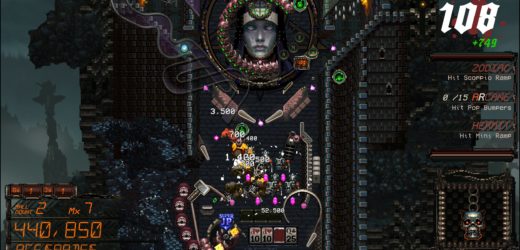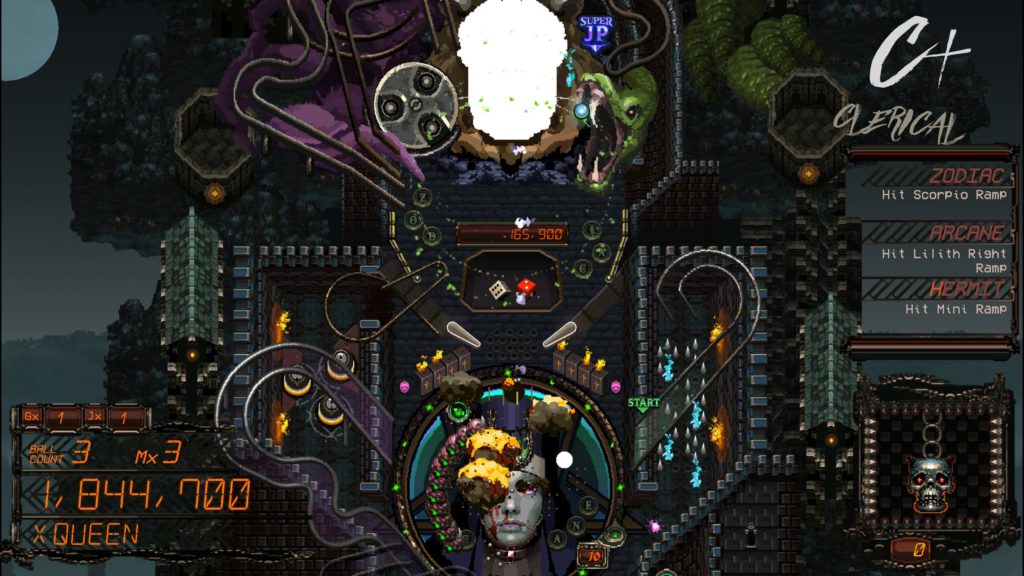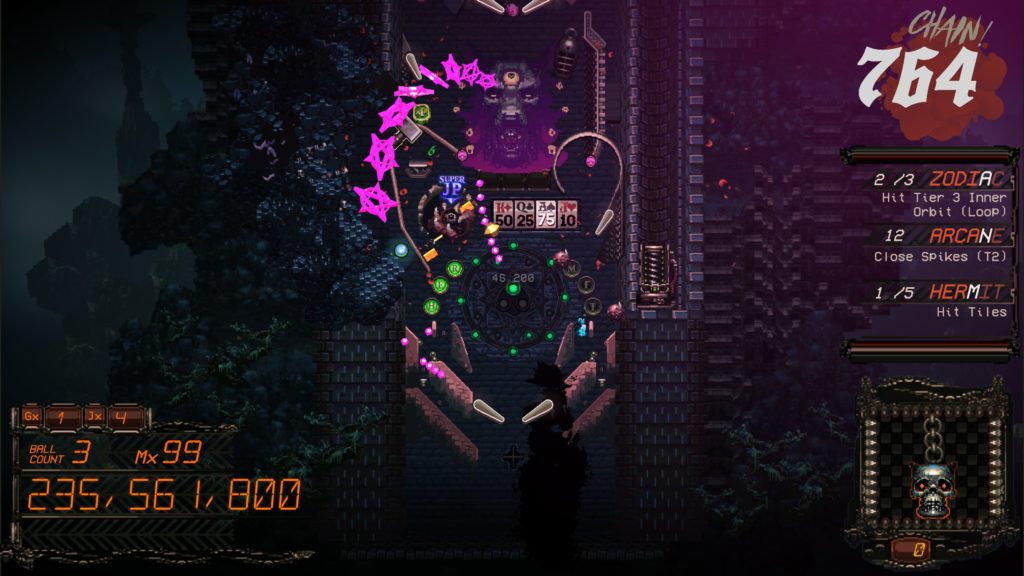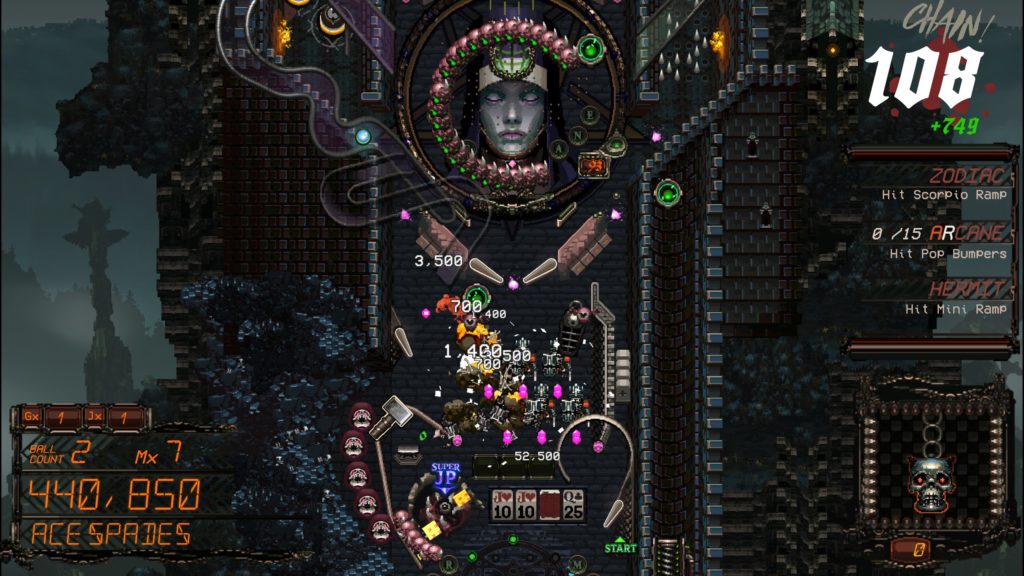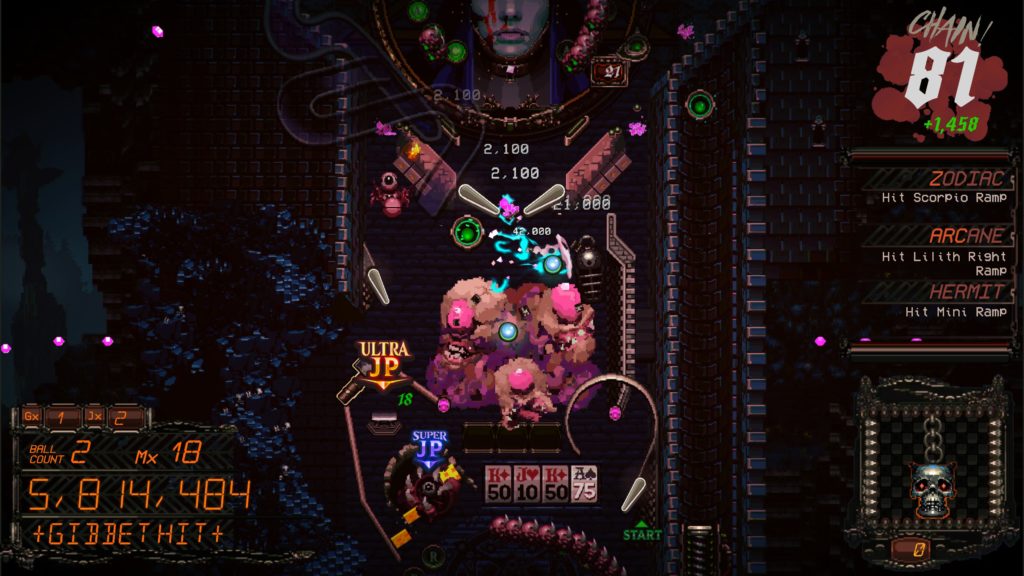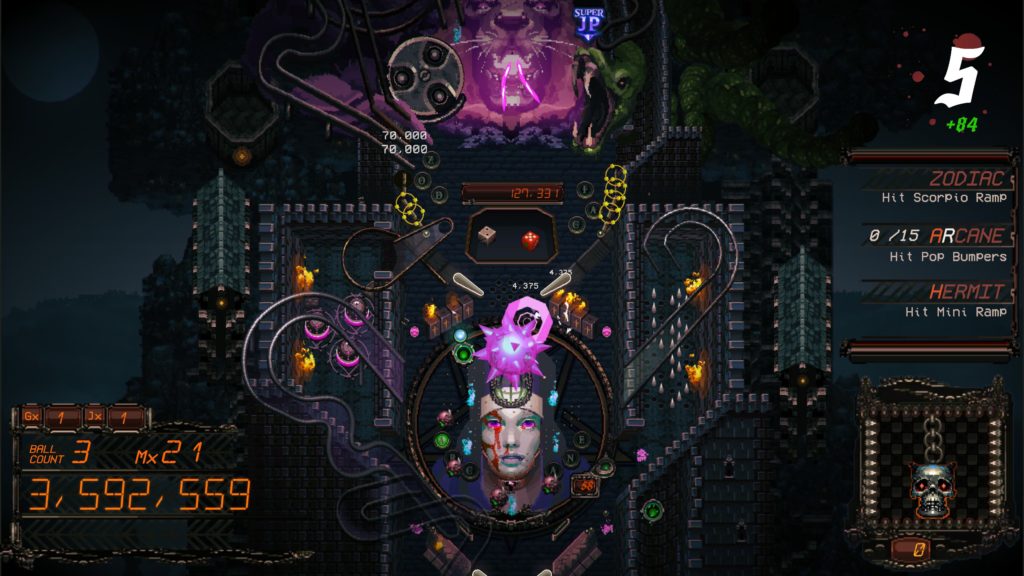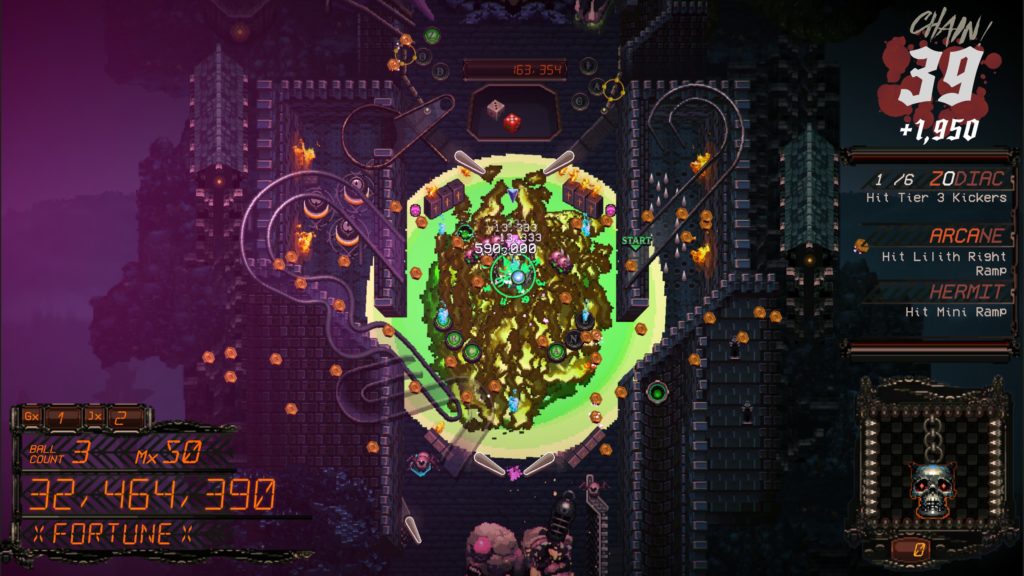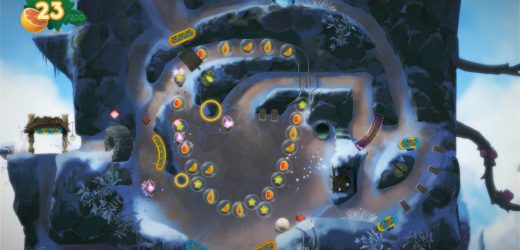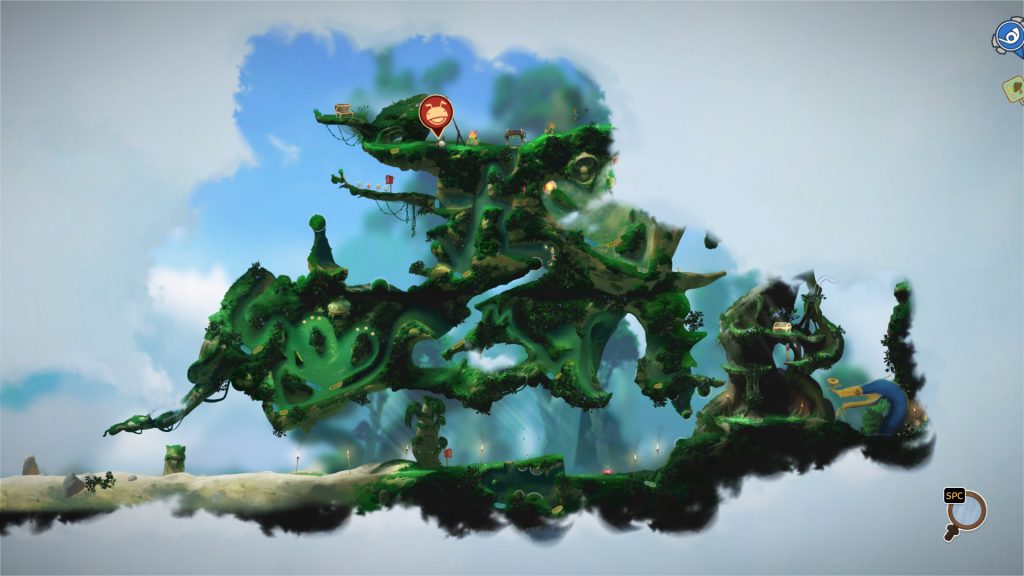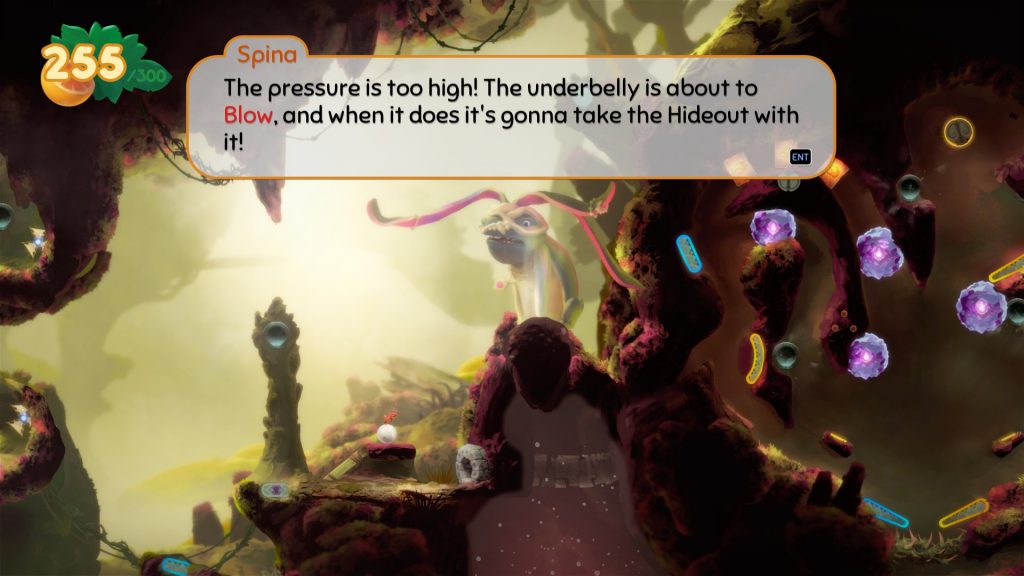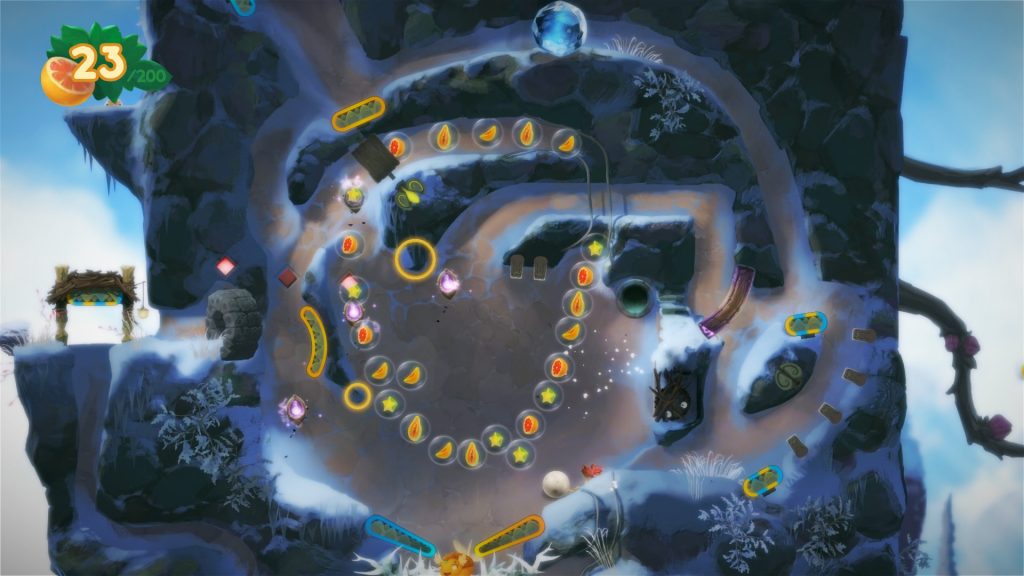Brave Pinball (Review)

Source: Cashmoneys
Price: £7.19
Where To Get It: Steam
A pinball game in which you are a JRPG hero (and occasionally their party), going through the game world and levelling up? Ohhh, that sounds so good, doesn’t it? And, if you were just going by the screenshots, it looks good too. Solid aesthetic, music fits…
But for me, it fails on one, absolutely basic element: Table design. And that’s an absolute killer, right there.

So yes, the game is a pinball game, and the story is more implicit than anything else: You are hero. Demon Lord up there somewhere. Go kick his ass, because you are hero.
…And nearly everything is bumpers and roundabouts. And the first area is where I’ve lost the most lives, even though it does at least a little to try and combat that. Because everything is bumpers. Enemies? Bumpers that move a little in preset patterns. Blocks? Bumpers. Bushes? Bumpers. They go away, but they always come back, and it’s quite easy to be launched after you’ve fallen into either the gutters after you’d blown up those bumpers, or the middle… And then get bounced right into the middle or the gutter all over again.
Now, I could nudg- Oh, wait. No nudge. No way to push the table to one side or the other to maybe guide the ball to, I dunno… Not a direct path to the gap between the paddles where the paddles can’t reach?

I could talk about the good spriting. I could talk about the clear demarcation for the most part of elements. I could talk about the music, a little stereotypical, but not bad music, and not a bad thing.I could talk about the simple and clear control scheme. But the table design is, in terms of points of interest, sparse. Everything being bumpers easily leads to unfair situations. And when your second tables are actually easier to climb than your first…
…It is unsurprising that, after I’d gotten enough to screenshot this, I just… Put it down. I have better tables. I have better multi-area tables. And I have tables that don’t commit the gravest sin I have ever seen in a pinball game.
This. If it isn’t clear, these two hexagonal wheels? Are also bumpers. Bumpers with physics, so when you bump off them, they rotate. I have never seen a table feature quite that sadistic. And I have no desire to deal with its bullshit.
No, really. Don’t design a table with all bumpers. Learn from this, kids. Please.

